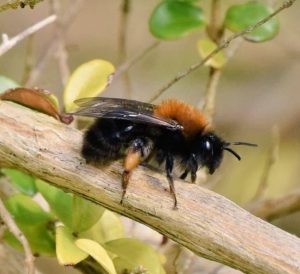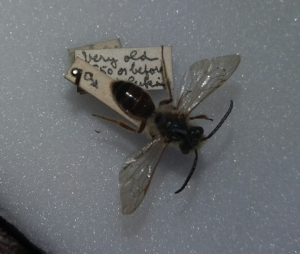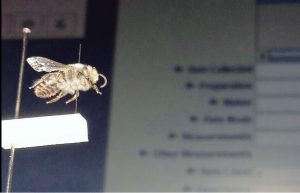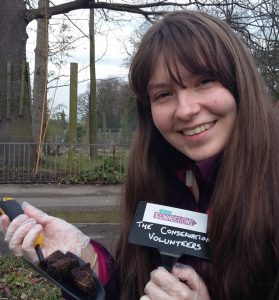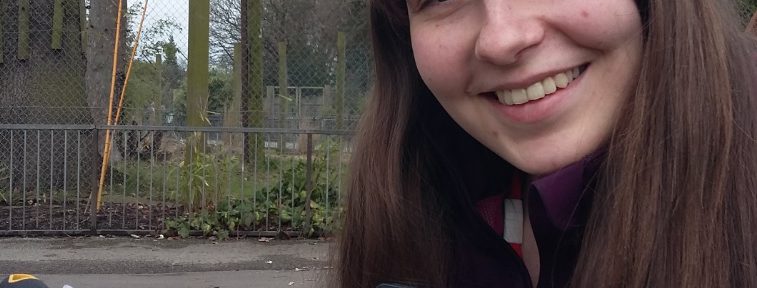
Hi folks! Looks like March continues the trend of me visiting museums as I get the chance to visit Manchester University’s museum to learn to catalogue solitary bee specimens from the collections.
We were looking through the collections to retrieve historical data on the location of different solitary bees. These species records are part of an on-going mapping project at the World Museum and will be added to a modern Cheshire Atlas of Hymenoptera (bees, wasps and ants). Museum collections contain vast amounts of data – which can tell us important information on the distribution and abundance of different bee species in the past to see how it has altered over time. Pretty neat!
For each specimen we had to document: species, sex, location, the name of the person who collected it and the date it was collected. For the majority of specimens this was no problem but some collectors are more specific than others!
You can find out some interesting things from the data labels. You’d never expect to see a solitary bee in February but a few of them had been accidentally ‘excavated’ – an unusual description to see on a label!
This month I’ve also had additional training with the World Museum so that I can catalogue the museum’s Colletes (Plasterer bees) specimens and edit the photographs.
I’ve spent some time doing site visits to meadows that can potentially be part of my project. I want to survey different created meadows to see how different management regimes and factors such as size and age affect hoverflies and solitary bees. So I’ve been contacting local rangers and councils about different sites and visiting them to see which ones would be good to look at.
It’s always worthwhile chatting to the folk that manage the sites and doing site visits. As one of the sites that I had selected looked good on paper but was no longer even a meadow! It hadn’t been managed and had since turned into scrubland with lots of bramble and young trees. Always best to double check!
A rather cold start to March but still seeing a few interesting beasts at Liverpool World Museum’s Wildflower meadow. Starting to get to grips with my Bee ID and found a couple of early solitary bee species – Andreana nigroanea and Lasioglossum morio.
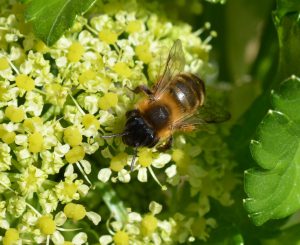
The Buffish Mining bee (Andrena nigroaenea) from the World Museum’s meadow – gorgeous little thing! And one of the most common mining bees found in urban areas. It’ll be good to see more of these!
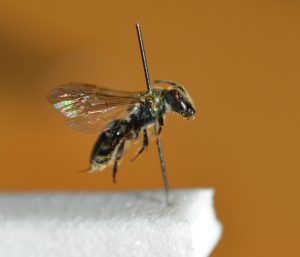
The Green furrow bee (Lasioglossum morio) nests in south facing walls and crevices and is relatively common in gardens. It’s also primitively Eusocial – as in they produce a small number of workers to help out in the nest! Pretty interesting.
Had a great day at Chester Zoo’s launch of their Wildlife Connections Project were I’m getting involved by helping out in a bumblebee identification workshop. Looking forward to chatting about pollinators and getting folk involved in how to conserve them!
And it looks like I’ll have quite a few opportunities to do this in future with quite a few Bioblitz events in the local area.
I attended plenty of meetings and was happy to see that folk are really keen to get records of pollinators!

